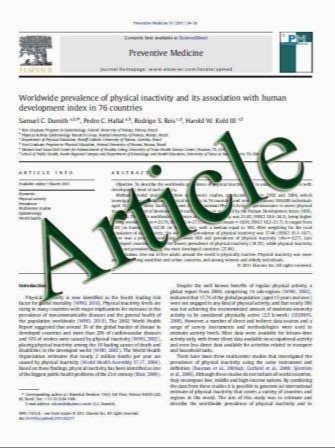Is there a correlation between posterior tibial slope and non-contact anterior cruciate ligament injuries?
- نوع فایل : کتاب
- زبان : انگلیسی
- مؤلف : Erik Hohmann • Adam Bryant • Peter Reaburn • Kevin Tetsworth
- چاپ و سال / کشور: 2011
Description
Purpose The purpose of this study was (1) to determine differences in posterior tibial slope (PTS) between subjects who underwent ACL reconstruction following a non-contact ACL injury and a matched control uninjured group and (2) to investigate gender differences between ACL-injured subjects and gender-matched controls. Methods A retrospective chart review was conducted of all 316 ACL-deficient patients at a large regional academic teaching hospital. A control group was established searching the database of the same hospital for subjects who underwent knee radiographs for acute knee complaints with no ACL injury. Subjects (n = 272; males n = 199; females n = 73) were included if a non-contact mechanism could be established. Exclusion criteria included previous ipsilateral knee injury and/or knee previous surgery. PTS was measured on a digitalized lateral radiograph using the axis of the posterior tibial cortex as a reference. Results There was a significant difference (P = 0.008) within the ACL injury group between males and females. There was no significant difference in the PTS angle between those patients with an ACL injury (5.8 ± 3.5 degrees) and the uninjured control group (5.6 ± 3.2 degrees), or between the male ACL injury patients (5.5 ± 3.4) and their control group (5.8 ± 3.1). However, there was a significant difference between the female ACL injury patients (6.7 ± 3.7) and their uninjured control group (5.0 ± 3.4) (P = 0.004). Conclusion The results of this study suggest that increased posterior tibial slope appears to contribute to non-contact ACL injuries in females, but not in males. Level of evidence Case–control study, Level III.
Knee Surg Sports Traumatol Arthrosc DOI 10.1007/s00167-011-1547-4 Received: 28 December 2010 / Accepted: 5 May 2011


